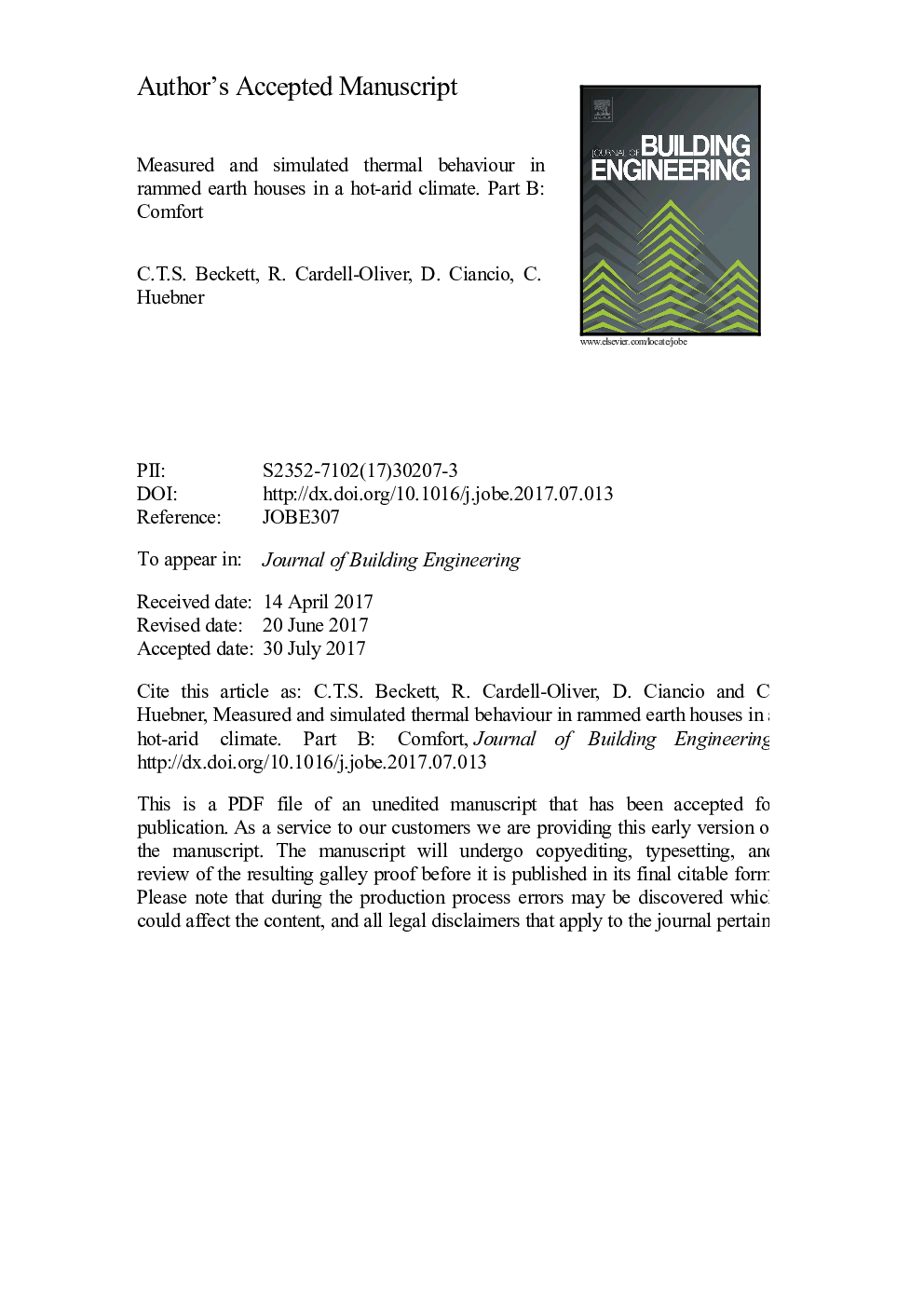| Article ID | Journal | Published Year | Pages | File Type |
|---|---|---|---|---|
| 4923064 | Journal of Building Engineering | 2017 | 41 Pages |
Abstract
Real-world thermal comfort of both houses outperformed their simulated behaviours: occupants reported comfortable conditions throughout Summer (outdoor maxima 45 °C) and Winter (minima 1 °C) with no artificial cooling and with minimal heating. The Chenath and SET* methods agreed with comfort performance in Summer but scored Winter performance poorly. Similarly, simulations predicted poor performance in Winter. Consequently, predicted energy demands due to heating were likely far higher than those needed in reality. This paper therefore argues from measured evidence of RE and iRE houses for the suitability of RE as a sustainable building material able to curb domestic energy demands. Collected data has been made publicly available for future analyses.
Related Topics
Physical Sciences and Engineering
Engineering
Civil and Structural Engineering
Authors
C.T.S. Beckett, R. Cardell-Oliver, D. Ciancio, C. Huebner,
